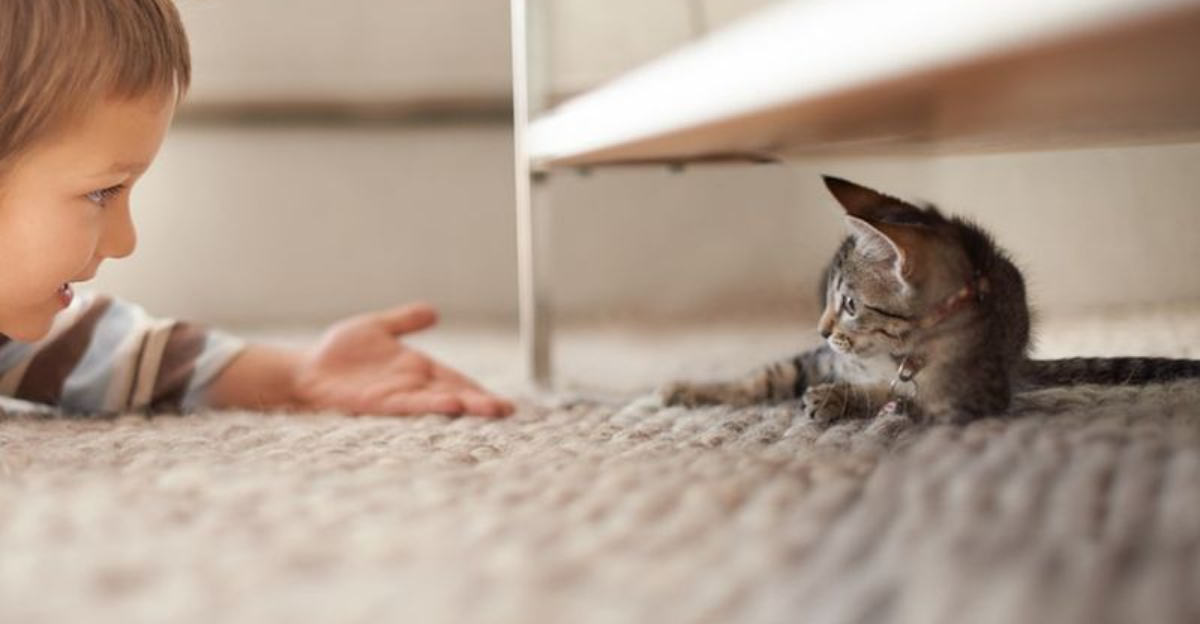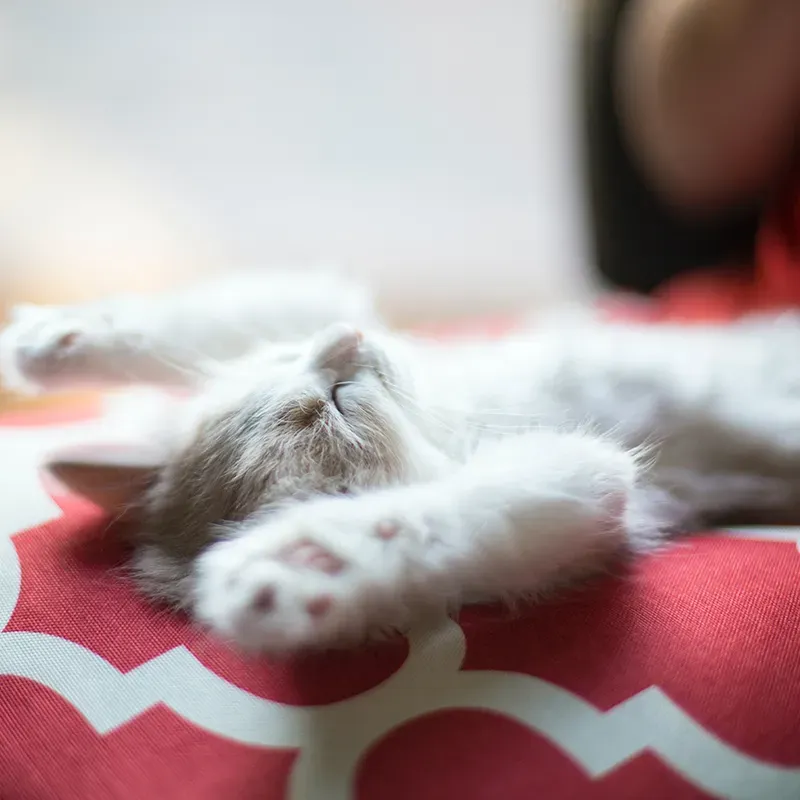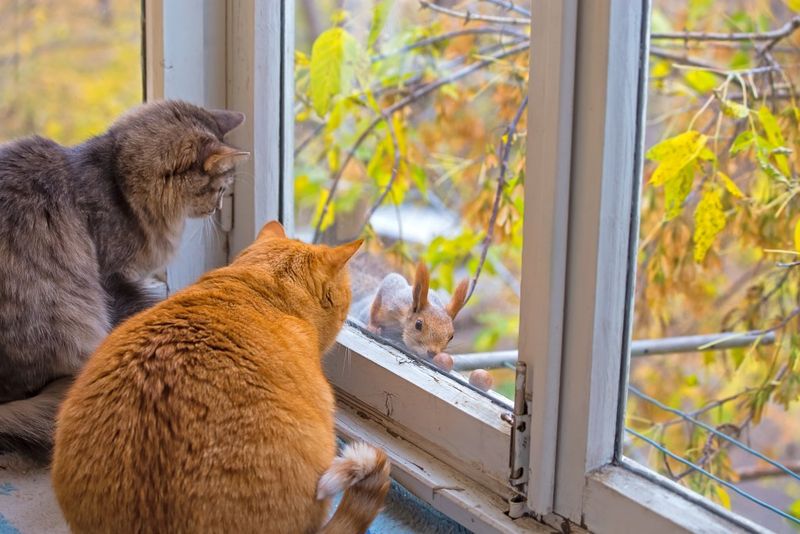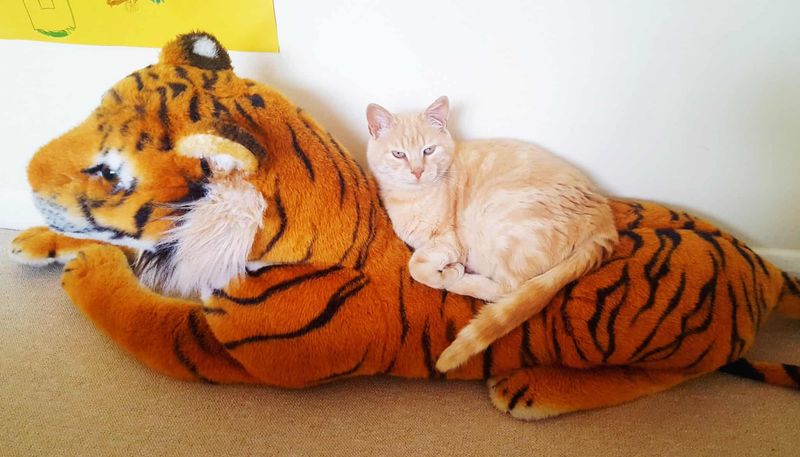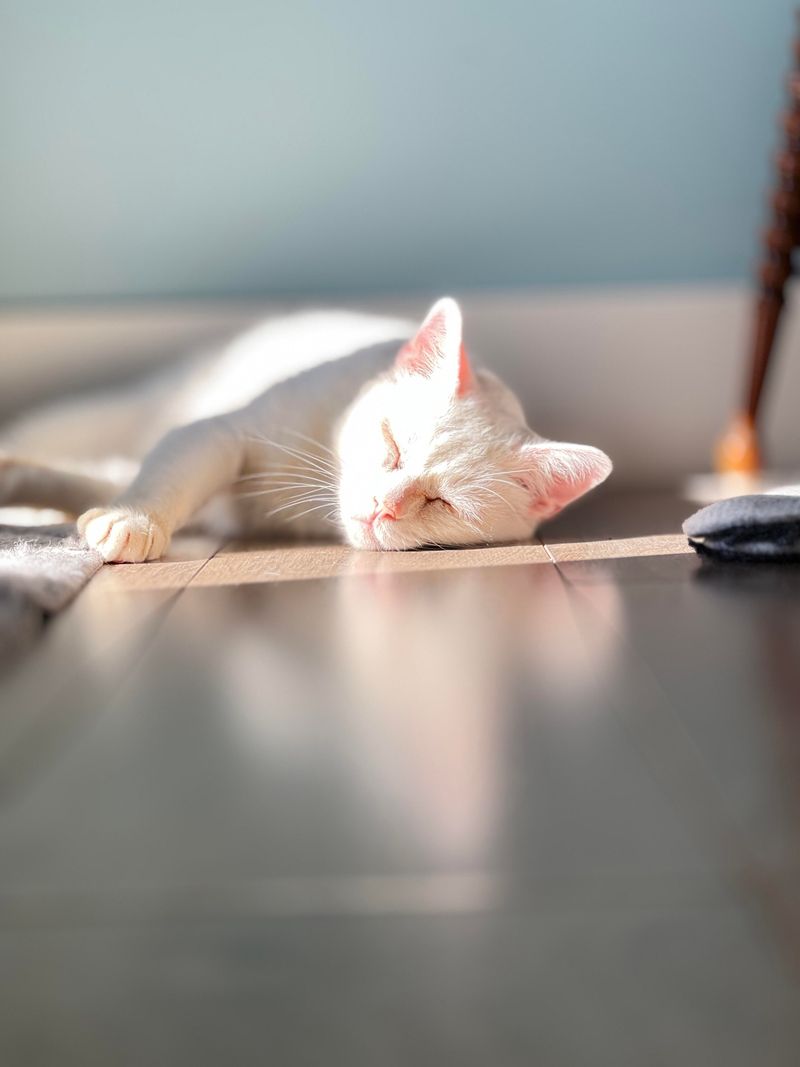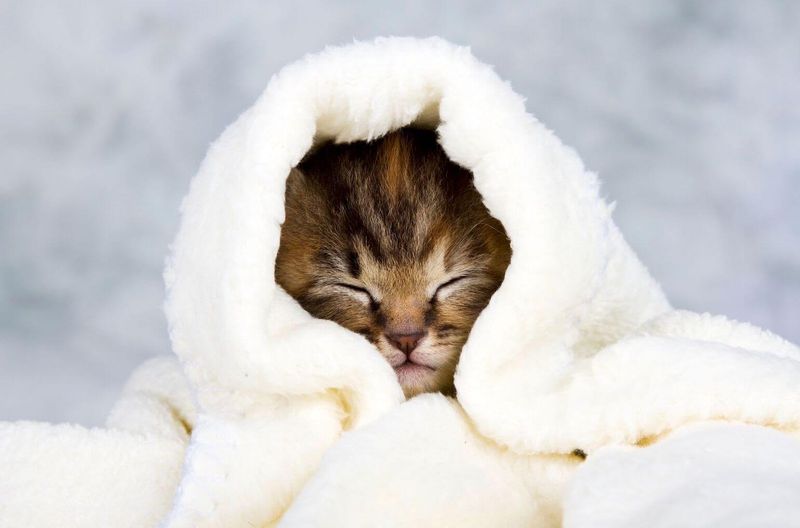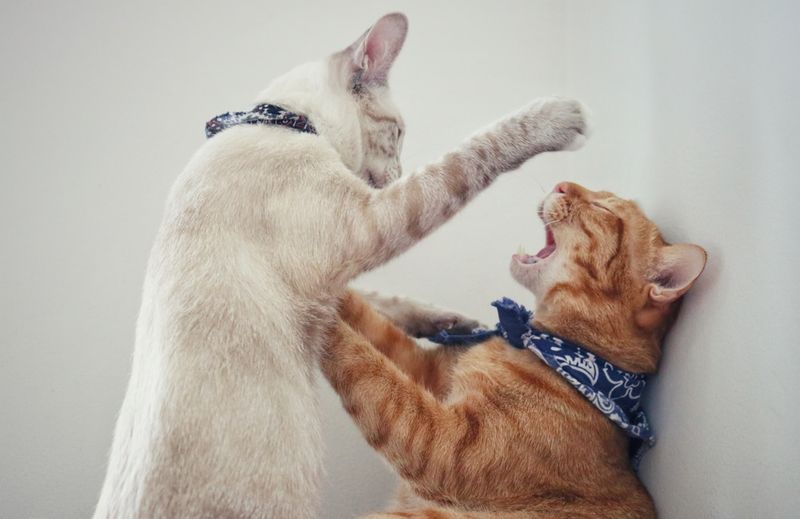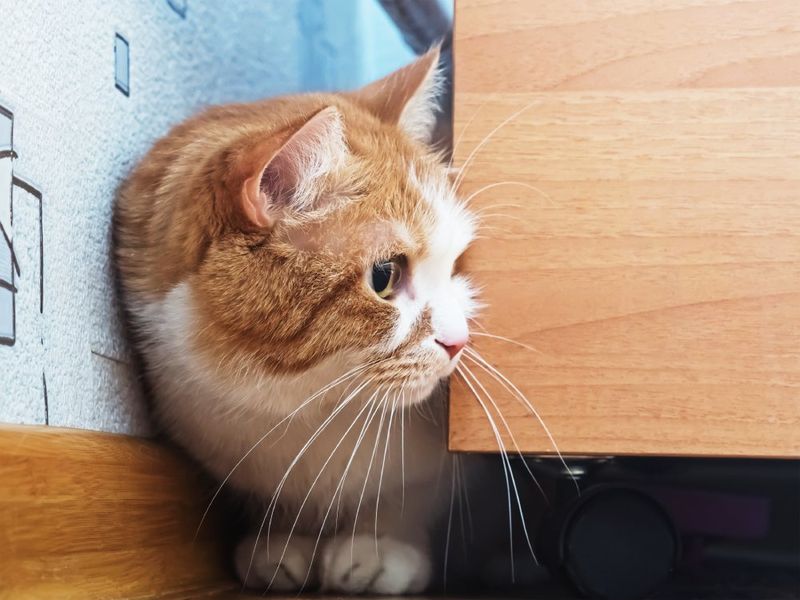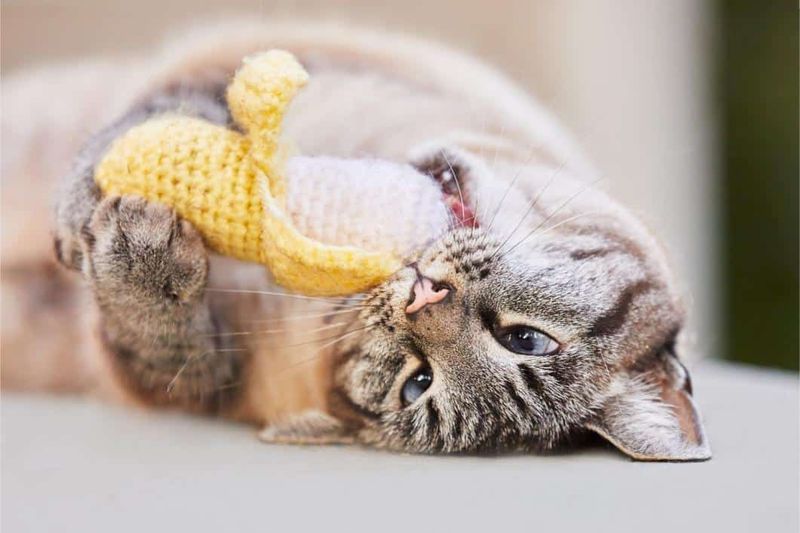📖 Table of Content:
- 1. After a Vet Visit
- 2. During a Thunderstorm
- 3. When They’re Watching Birds or Squirrels
- 4. While They’re Grooming Themselves
- 5. Right After Moving to a New Home
- 6. When They’re Napping Nearby
- 7. When They’re Sick or Recovering
- 8. During a Heated Moment With Another Pet
- 9. After a Big Scare (e.g., vacuum, dropped object)
- 10. While They’re Using Their Favorite Toy
Cats are often seen as mysterious creatures—equal parts aloof and affectionate. But those who know them well understand that felines operate in a world of nuance. They may not always want to be touched or held, but that doesn’t mean they want to be left alone entirely. Much like us, cats crave companionship, especially during sensitive or vulnerable moments.
Understanding this delicate balance is the key to deepening your bond with your cat. Whether it’s a thunderstorm rolling in or the unsettling aftermath of a vet visit, there are times your cat silently calls for your presence—not your attention. Learning to recognize these moments can transform your relationship from merely cohabitating to truly connected.
This guide walks you through 10 specific scenarios when your cat wants you nearby, but not noisy or intrusive. These are times to hold back your instinct to cuddle or entertain—and instead, offer the calming comfort of quiet companionship. Let’s explore what those moments look like and how you can show up for your cat in just the right way.
1. After a Vet Visit
Returning home from the vet can leave your cat disoriented, stressed, or even slightly drugged if sedation was involved. It’s a moment filled with vulnerability, where touch may feel overwhelming, but solitude can feel scary. By being quietly present in the same room, you become a steadying force in a world that just got flipped upside down. Avoid direct interaction—no picking up, no coaxing out of the carrier—just let them rest. Let your cat reorient at their own pace, knowing they’re not entirely alone. Choose a calm activity nearby, like reading or watching TV with the volume low. Your stillness will speak louder than any soothing words could.
2. During a Thunderstorm
Thunderclaps, flashing lightning, and shifts in barometric pressure can trigger deep anxiety in cats. Rather than bolting for isolation, many prefer hiding in your vicinity, where they feel safest. Create a cozy nook near you, under the bed or behind the couch, and simply let them exist without drawing attention to their stress. Resist the urge to call them out or offer treats—they may not be ready. Instead, lower your own energy; take deep breaths, speak softly if needed, and model calm. Cats are sensitive to our emotional temperature, and your grounded presence can help soothe their nerves. Silence, in this case, becomes an act of care.
3. When They’re Watching Birds or Squirrels
Windows are feline theaters, and bird-watching is a daily ritual that taps into their primal instincts. Jumping in with noise, movement, or even praise can break the spell and send their feathery entertainment fluttering away. It’s best to treat these moments like sacred ceremonies—watch from a respectful distance, letting your cat feel the thrill of the chase. Sit beside them if they allow it, but keep your voice and movements minimal. Even typing too loudly or moving abruptly can disturb their focus. Appreciate the moment together in parallel silence, sharing space but not interaction. This mutual stillness is a form of bonding in itself.
4. While They’re Grooming Themselves
Grooming is more than hygiene—it’s a grounding behavior that helps cats manage stress and self-regulate. Interrupting this routine with pets or noise can feel invasive, almost disrespectful. Instead of intruding, position yourself nearby with quiet admiration, allowing your cat to complete their ritual in peace. You might notice they subtly angle themselves to keep you in their line of sight, which is a quiet vote of trust. Avoid calling their name or trying to engage; grooming time is solo time. By staying still, you become part of their environment—safe, steady, and non-threatening. Respecting their independence deepens your connection.
5. Right After Moving to a New Home
Every sound, surface, and scent is foreign in a new home, making even the most confident cat feel uncertain. In this transitional phase, your cat may oscillate between exploring and retreating, unsure of their place in the unfamiliar territory. Your job is to provide a gentle anchor—not through action, but presence. Sit in the room they’re curious about, without following or calling to them. Let your calm demeanor signal that this new space is safe. Over time, they’ll grow braver, often inching closer to you as their comfort zone expands. You’re not just in their home—you are their home.
6. When They’re Napping Nearby
Cats choose where to sleep based on trust, and napping in your presence is the ultimate sign of comfort. It’s not an invitation for snuggles or selfies—it’s a silent acknowledgment of safety. Maintain that sacred trust by keeping your volume down and your movements minimal. Whether you’re working on your laptop or resting yourself, let your shared quiet deepen the intimacy. Don’t be tempted to reach out, even when they look adorable; interrupting sleep can fray that bond. Just exist with them, side by side, as companions in peace. In that shared silence, love is loudly understood.
7. When They’re Sick or Recovering
Illness and recovery sap a cat’s energy and can make them unusually cautious or irritable. While they may not want to be touched, they also don’t want to feel abandoned. Be the quiet presence who watches over them like a gentle guardian. Position yourself nearby, perhaps on the floor or couch, allowing them the comfort of proximity without pressure. Monitor their breathing, their eating, their mood—but resist over-intervention unless it’s necessary. Silence, here, is a protective balm that helps them heal. Let them know they’re not alone, even in weakness.
8. During a Heated Moment With Another Pet
Tension between household pets can leave your cat in fight-or-flight mode. In these moments, your presence must be neutral—not another source of stimulation or stress. Stand or sit nearby in a grounded, non-reactive posture to de-escalate the situation. Avoid yelling, chasing, or intervening too suddenly unless absolutely necessary. Let your energy say, “It’s okay now,” without words. Once your cat separates from the conflict, give them space but remain visible. Your quiet watchfulness is both calming and reassuring. Sometimes leadership comes from stillness, not action.
9. After a Big Scare (e.g., vacuum, dropped object)
Unexpected loud noises can jolt your cat into a flight response, often sending them under beds or behind furniture. They don’t need coaxing or coaxed apologies—they need time, quiet, and the option of reemergence on their terms. After the scare, just be there: in the same room, calm and unhurried. Avoid approaching them directly; your cat will peek out when they’re ready. Keep everything low-key: no music, no sudden moves, no baby talk. Your silent patience is the invitation back to normalcy. When they rejoin you, offer presence, not performance.
10. While They’re Using Their Favorite Toy
Play is serious business in the feline world—it sharpens instincts, boosts mood, and provides mental stimulation. Interrupting their solo play with noise or touch can break the flow, much like interrupting a child deep in imagination. Sit close by and quietly enjoy their antics, resisting the urge to join unless invited. Your presence is a layer of safety and encouragement that allows deeper immersion. Even a soft laugh or clap can shatter their momentum. Let them chase, pounce, and stalk in your silent company. In that wordless partnership, trust thrives.
